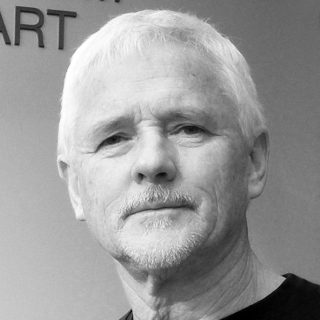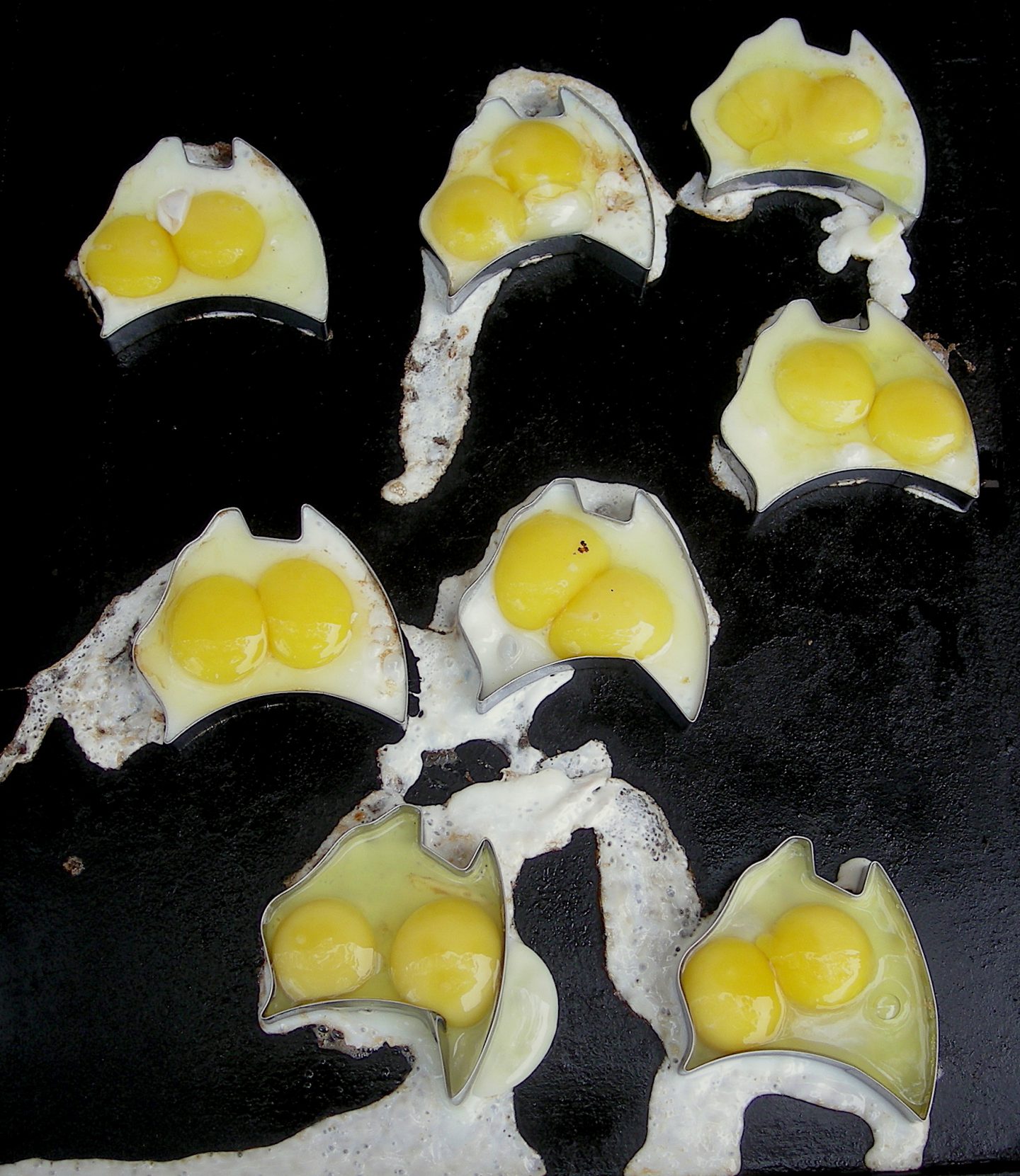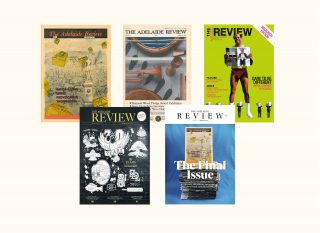
John Neylon
John Neylon is an award-winning art critic and the author of several books on South Australian artists including Hans Heysen: Into The Light (2004), Aldo Iacobelli: I love painting (2006), and Robert Hannaford: Natural Eye (2007).

Gone are the days we stopped to decide, where we should go, we just ride.
The experience of writing as an art critic for first The News and then The Advertiser – hitting tight deadlines and having to formulate ideas on the run – developed skills in writing under wet cement. They came in handy when, in the euphoria of joining The Adelaide Review ‘team’, I responded to Christopher ‘Lord’ Pearson’s invitation to just write about anything of interest. I wrote for the first issue to include visual art reviews (no. 5, 1984) and all subsequent issues. It was quite a ride. On occasions Christopher P’s whispering tones came down the line offering more space for reviews. And this having supplied two or maybe three reviews running at 800 to1000 words. So, long-form art writing it was. Heady days. 488 issues adds up to around 3000 visual art reviews, critiques or reportage of some kind.
The fact is that the The Adelaide Review not only covered major art events such as The Art Gallery of South Australia’s Adelaide Biennial of Australian Art, Tarnanthi and its many major exhibitions, but also projects associated with organisations including CACSA, AEAF, Samstag Museum of Art, SASA Gallery, Flinders University City Gallery and Tandanya. Exhibitions associated with major commercial and independent galleries and art spaces were regularly written about.
Many emerging artists were profiled. Almost all publications on South Australian artists received reviews. Major national projects, notably The Sydney Biennale, the Asia Pacific Triennial, The Telstra National Aboriginal and Torres Strait Islander Awards, and ‘blockbuster’ exhibitions at the National Gallery, NGV, QAG/ MOMA, AGNSW and MONA were regularly reviewed. But importantly, the scope of the Review’s visual arts commentary included many smaller artist-collective spaces, community arts and local council projects, regional and small independent galleries, thus creating an archive which will, in the long run, reflect the depth and diversity of Adelaide’s visual art culture in the transition between two centuries.
Reflecting on the business of writing about art, within the shell of The Adelaide Review, over a 30-year period of challenge and change is beyond the reach of this short piece – but let’s try. Unlike the Broadsheet journal (CACSA) or Artlink magazine with their respective art savvy and art industry demographics, The Adelaide Review served a general readership. I wrote (as did fellow art writers, Stephanie Radok and Jane Llewellyn, and others) in the knowledge that the The Adelaide Review’s readers were a literate lot that enjoyed reading and knew their way around cafes, concert halls, cinemas and galleries.
I therefore decided that engaging curiosity, using humour, playing with words and drawing parallels with lived experience had a better chance of setting up a conversation between viewer, artist and artwork, than lecturing, or ‘telling’ people what works meant. But, writing about art in a world where ‘everything can be art but not everything is’ calls for creative strategies.
Add to this the trend to online readership which indicates that emerging generations of art-text consumers will get their fix online. They are more likely to be hunt-and peck browsers, ready to sign off at 300 words or jump down the rabbit hole of the first meta link.
The status of ‘informed opinion’ or the ‘art critic’ is increasingly questioned in an era where one opinion looks as good as another. In response, some cultural futurists have argued that art writing in a post-art age where, to quote Steven Cottingham, “no one cares about art criticism” it would be better to adopt the creative spirit and tactics of contemporary art and join artists in the sandpit. So watch out for the art/crit haiku coming to a screen near your face. As a writer you need to keep it simple. Stick to one rule. Mine is Elmore Leonard’s: “If it sounds like writing, rewrite it.”
In the final analysis, for all the shortcuts to meaning that art texts promise, it is the intensity of the viewing experience that determines if an encounter with any artwork has relevance and lasting value. Try it for yourself sometime. How many of those hundreds if not thousands of artworks seen across a lifetime have remained with you? Made some kind of difference to your life? From this perspective, the best mode of criticism, to quote writer Adam Gopnik, is “not a slot machine of judgement but a tone of voice, a style, the promise of a whole view of life in a few pregnant sentences”.
In response to the suggestion that interpretive texts and insights into meaning are like ‘black matter’ circulating around artworks, writer Gilda Williams challenges the assumption that the text will provide meaning in a way that mere looking cannot. “The most difficult thing,” Williams says, “is to make someone really look at a work of art.” I hope that in writing about the experience of engaging with art for over three decades, The Adelaide Review’s art writers have made some contribution to this worthy cause.

John Neylon is an award-winning art critic and the author of several books on South Australian artists including Hans Heysen: Into The Light (2004), Aldo Iacobelli: I love painting (2006), and Robert Hannaford: Natural Eye (2007).
